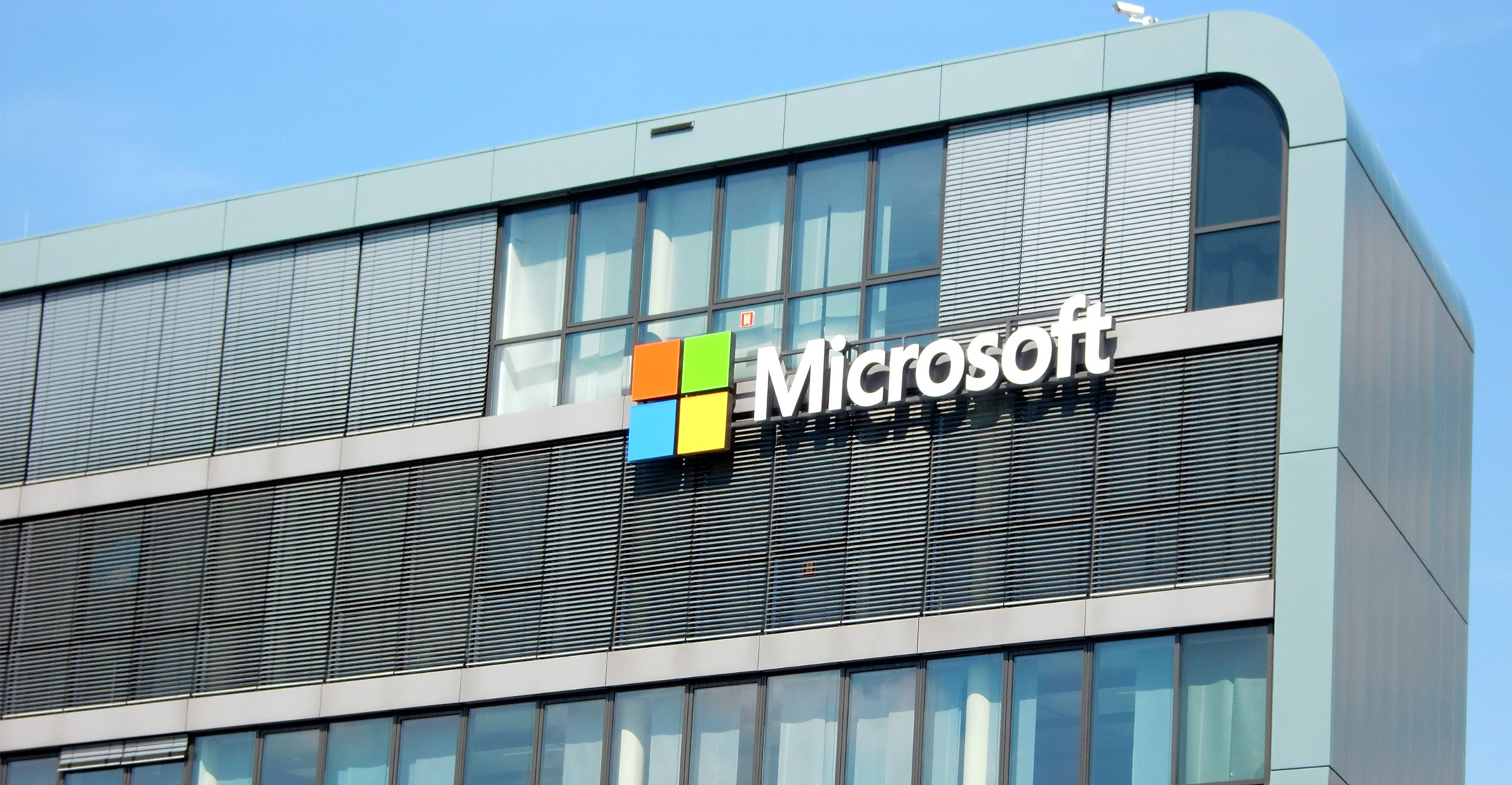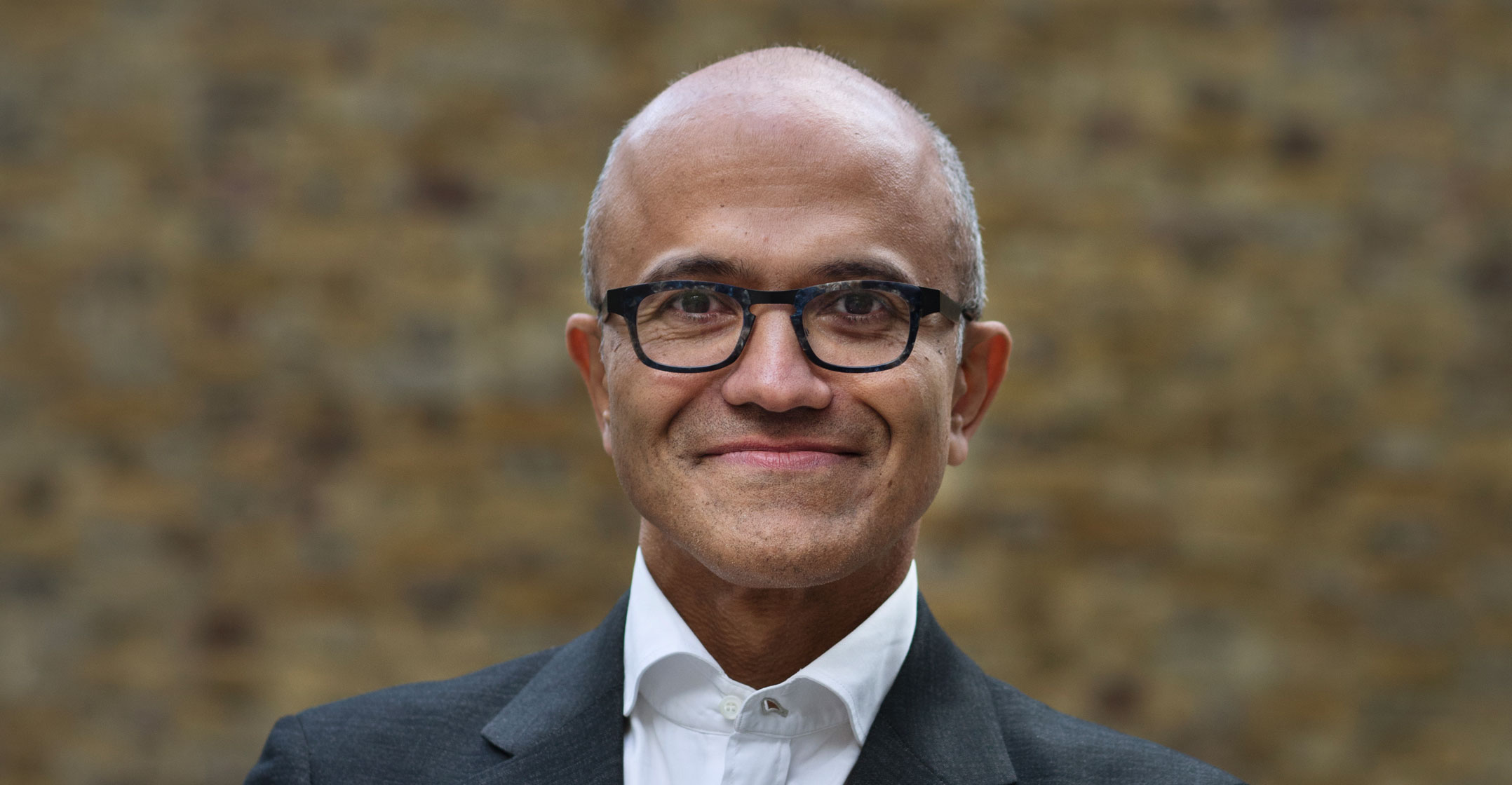
Microsoft’s push into the cloud forged ahead last quarter, with demand for online versions of Office productivity software and the Azure Web services business bolstering sales and earnings.
Profit in the period that ended on 30 September exceeded analysts’ estimates and sales rose 12% to US$24.5bn amid buoyant demand for Azure cloud services, used to store and run customers’ applications in Microsoft’s data centres.
CEO Satya Nadella has turned Microsoft into a cloud computing powerhouse, recently reshuffling the sales force and investing in new products and services.
His efforts have helped win over customers like Bank of America for Azure, number two behind Amazon.com in the biggest part of the cloud market, and Internet-based Office 365 workplace tools. The changes also have the approval of shareholders, whose optimism has almost doubled the company’s stock price during Nadella’s three-and-a-half years as CEO.
“The underlying momentum is pretty much in place, especially for the cloud effort,” said Sid Parakh, a fund manager at Becker Capital Management, which has $3.8bn in assets under management. “Continued growth there and margin improvement there is really what I think is important from a stock standpoint.”
Net income in the recent period was $0.84/share, Microsoft said on Thursday in a statement. That compares with the $0.72 average estimate of analysts surveyed by Bloomberg.
Microsoft shares rose 4.3% to $82.15 in extended trading following the report, after closing at $78.76 in New York. The stock jumped 8.1% in the quarter, compared to a 4% gain in the Standard & Poor’s 500 Index.
Data centres
Commercial cloud revenue was $20.4bn on an annualised basis, meeting the company’s $20bn target previously set for the fiscal year that started on 1 July. At the same time, as new data centres come online and become more efficient, Microsoft has been making progress in increasing the profitability of these services, with commercial cloud gross margin widening to 57%. Azure gross margins were a “key component” of the eight percentage point improvement in commercial cloud services from the same period last year, chief financial officer Amy Hood said.
“We’re seeing customers, as they continue to use Azure, start to consume the premium services,” like AI and data analytics software that are much more profitable, Hood said in an interview. Azure margins were also helped by developments in the core hardware and software, she said.

Azure sales rose 90%. Microsoft said earlier this month that Bank of America will use both Azure and Office 365 as it shifts more of its operations to the cloud. The Office product line, which consists of Internet-based versions of Word, Excel and other workplace productivity software, posted sales growth of 42%.
Continued fast growth, combined with spending discipline, in these two areas are what Wall Street is looking for, said Daniel Ives, head of technology research at GBH Insights.
“The one thing that had been maybe holding the stock back a bit was on the margin front,” he said. “Now you’re starting to see a $90-plus stock price becoming potentially achievable.”
Microsoft’s Azure service still lags behind market leader Amazon by a wide margin, but Microsoft is attracting more big customers, even as Amazon Web Services also notches strong growth. The rise in subscription sales for Azure and for corporate and consumer versions of Office 365 also provides more stable and recurring revenue.
Revenue has been patchier in PC software and hardware. The overall market has continued to contract, and Microsoft’s Surface devices fluctuate in popularity based on competition and when new devices hit store shelves. Surface hardware sales jumped 12%, largely driven by the new Surface Laptop. The segment declined earlier in 2017 owing to ageing Surface Pro products that consumers shunned. This recent period was the first full quarter in which stores were stocked with an update to that product — Microsoft’s best-selling Surface — and a totally new category, a laptop computer with a clam-shell design. Both devices went on sale on 15 June.
Total revenue in the company’s “More Personal Computing” division, which also includes the Windows operating system, was $9.4bn, beating the $8.8bn average estimate of four analysts polled by Bloomberg. Global PC shipments fell 3.6% in the period, according to Gartner.
Soaring Office
In the “Intelligent Cloud” unit, made up of Azure and server software deployed in customers’ own data centres, sales climbed 14% to $6.9bn, compared to the $6.7bn average analyst projection. Productivity revenue, mainly Office software, climbed 28% to $8.2bn. Analysts had estimated $8bn.
During the current quarter, the launch of the new Xbox One X console, combined with higher device sales during the holiday season, will pressure margins, Hood said on the call. The company expects revenue in More Personal Computing to reach as much as $12.1bn.
Hood also forecast as much as $8.95bn in “Productivity: revenue, while Intelligent Cloud should book sales of $7.35bn to $7.55bn. — Reported by Jing Cao and Dina Bass, with assistance from Jeran Wittenstein, (c) 2017 Bloomberg LP




